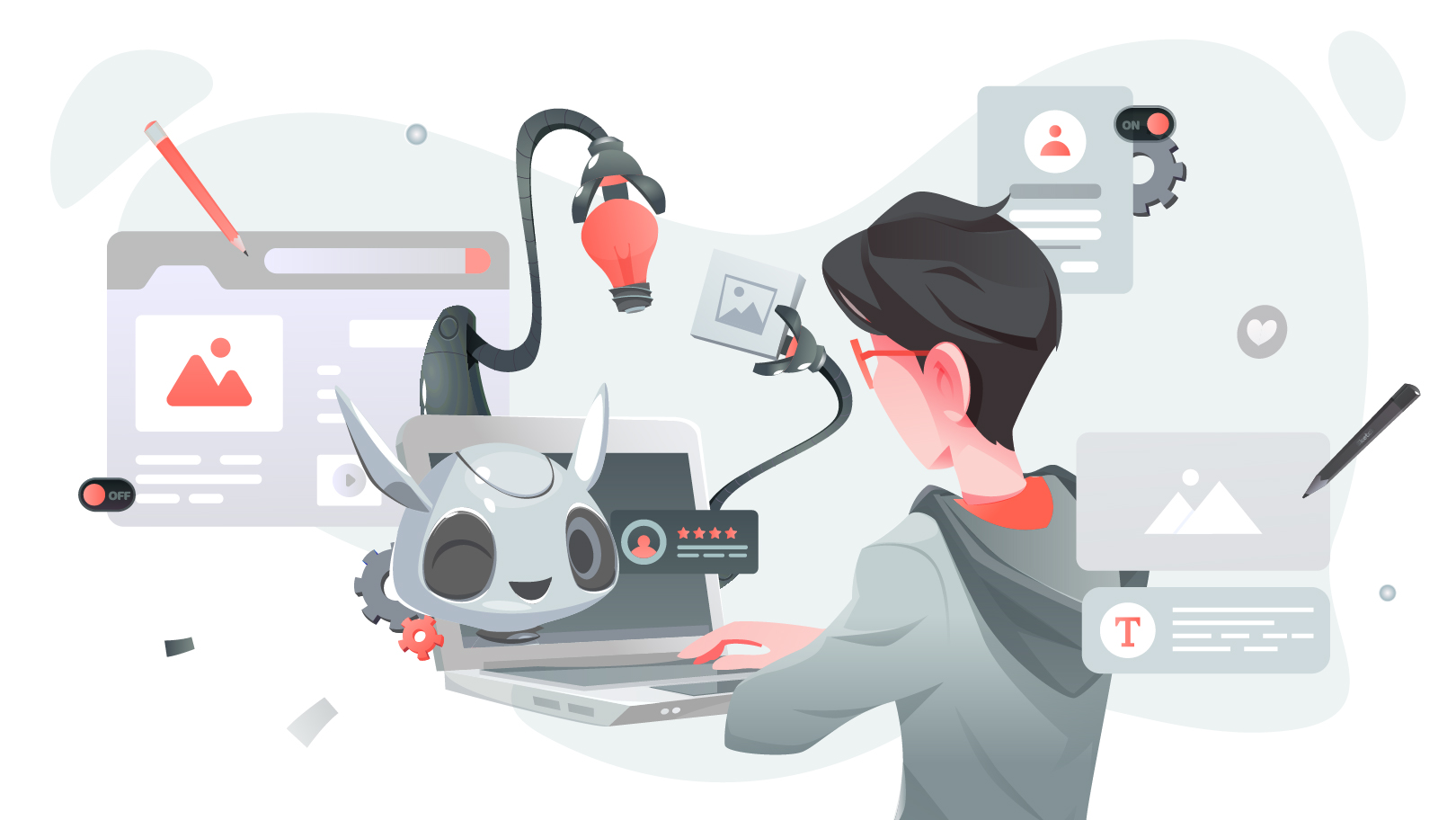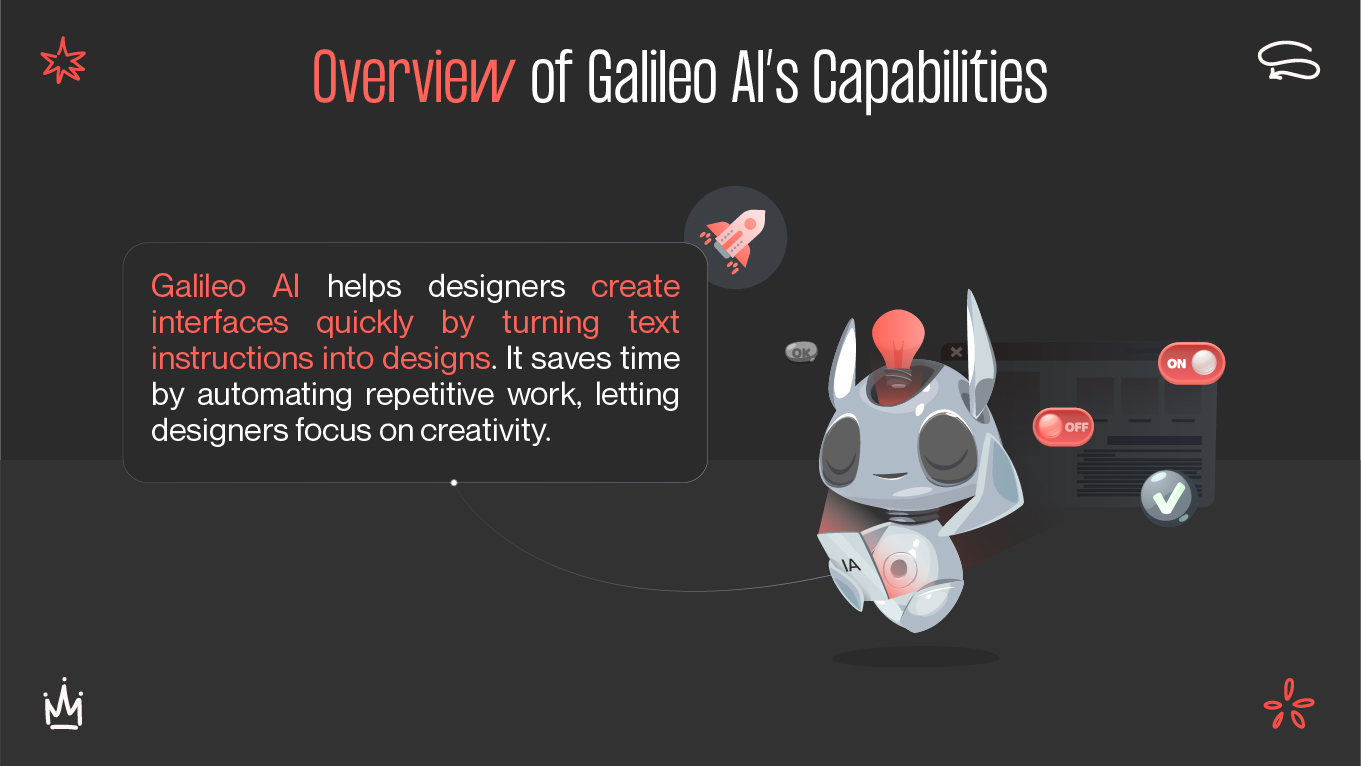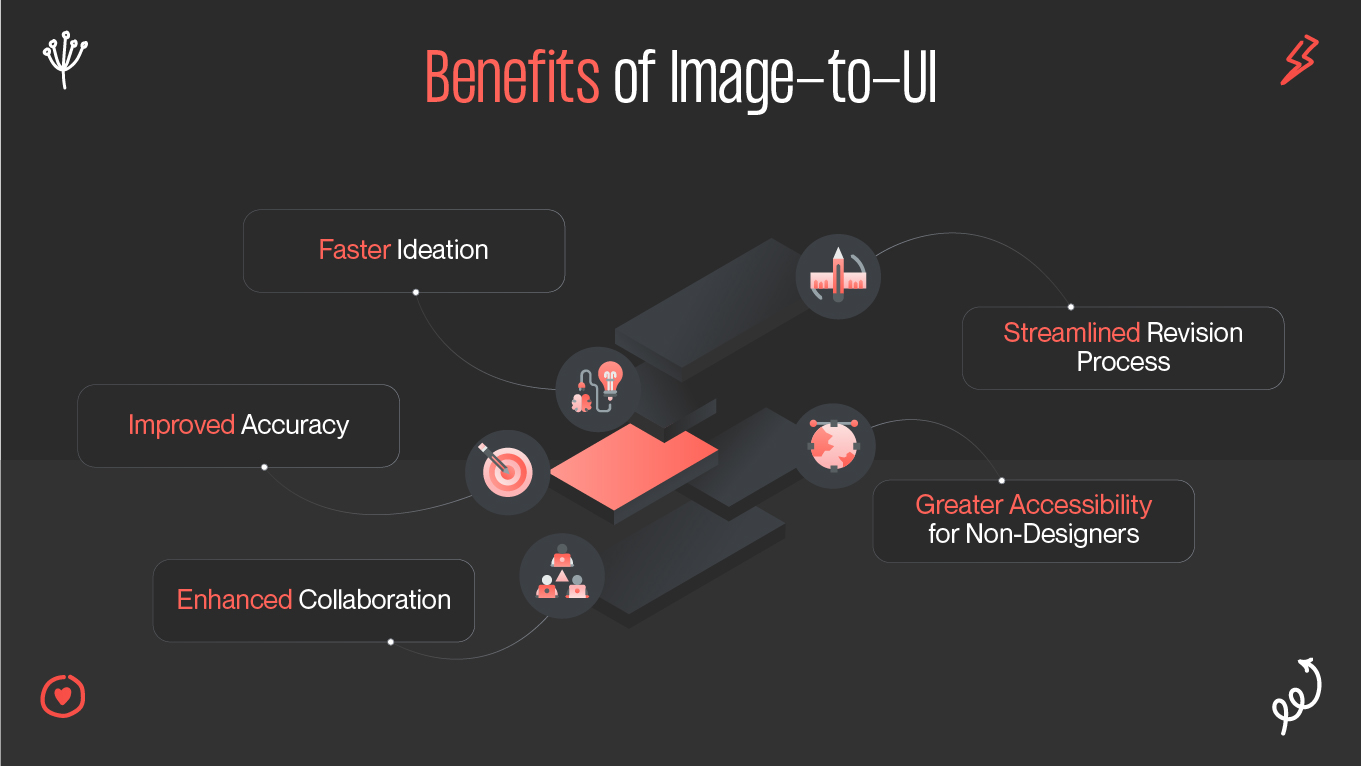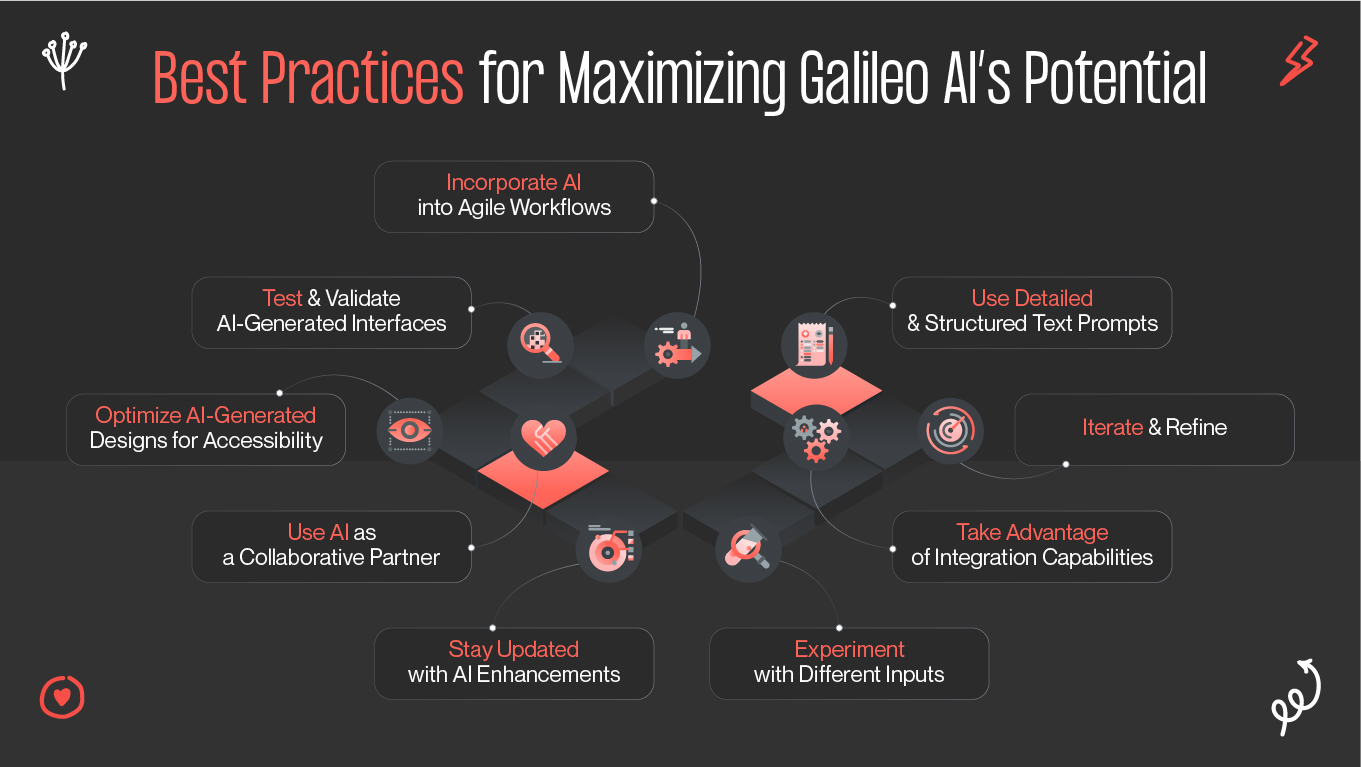The world of UX/UI design is evolving rapidly, and artificial intelligence is playing a transformative role in redefining how digital interfaces are created. Galileo AI is at the forefront of this revolution, offering designers an intelligent and efficient way to generate, refine, and enhance user interfaces. By harnessing the power of AI-driven automation, designers can streamline their workflows, reduce manual effort, and focus more on creativity and user experience.
Unlike traditional design methods that require extensive manual labor, Galileo AI allows for instant UI creation based on text prompts or sketches, making it a game-changer for professionals and businesses alike. Whether you're a startup looking to quickly develop a digital product or an experienced designer searching for ways to enhance productivity, Galileo AI provides the tools to innovate at scale. This article explores the capabilities, advantages, and best practices for using Galileo AI to revolutionize UX/UI design.










